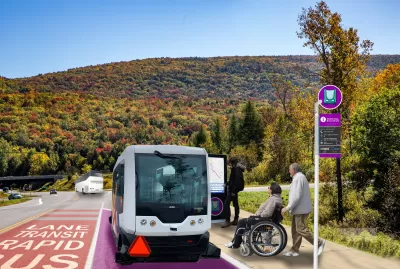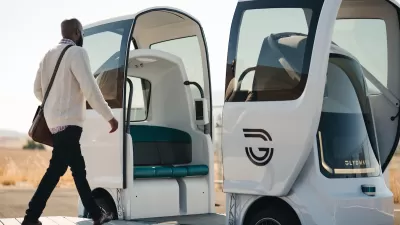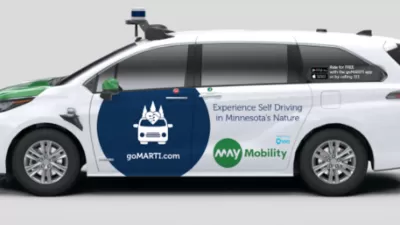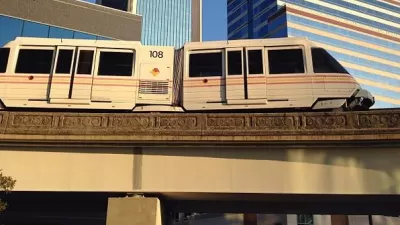Two autonomous shuttle companies closed last week, but one industry observer sees reasons for optimism for the long-term viability of the still-speculative market.

Brad Templeton provides commentary on the demise of two autonomous shuttle companies in the space of a week: Optimus Ride, an autonomous shuttle company in Boston, and Local Motors, maker of the Olli shuttle.
In examining the two closures for lessons about the viability of the autonomous vehicle industry, Templeton notes the numerous players in the shuttle market, "including May Mobility, early pioneer Navya, EasyMile, 2getThere, Transdev, Auro/Ridecell and many other players in China." The size of the market is enabled by smaller barriers to entry compared to the personal car industry, according to Templeton. But those smaller barriers to entry also imply smaller ambitions:
The robotaxi vision is world-changing because it allows car replacement, which means a big change in how our cities work. Shuttles are much less ambitious. Mostly, they make transit a bit cheaper, which is far from world-changing. It’s a pretty meager thing for self-drive technology to be doing.
And autonomous shuttles have yet to achieve even those "meager" advancements—shuttles still aren't very cheap because of the safety driver. Still, Templeton sees opportunities from the current obstacles, including the ability to operate frequent, 24/7 transit without drivers (which are in short supply) and more efficient mode switching.
More details of Templeton's optimism are available at the source article below.
FULL STORY: Two Self-Driving Shuttle Companies Fail In One Week. What Does It Bode?

Study: Maui’s Plan to Convert Vacation Rentals to Long-Term Housing Could Cause Nearly $1 Billion Economic Loss
The plan would reduce visitor accommodation by 25,% resulting in 1,900 jobs lost.

North Texas Transit Leaders Tout Benefits of TOD for Growing Region
At a summit focused on transit-oriented development, policymakers discussed how North Texas’ expanded light rail system can serve as a tool for economic growth.

Why Should We Subsidize Public Transportation?
Many public transit agencies face financial stress due to rising costs, declining fare revenue, and declining subsidies. Transit advocates must provide a strong business case for increasing public transit funding.

How to Make US Trains Faster
Changes to boarding platforms and a switch to electric trains could improve U.S. passenger rail service without the added cost of high-speed rail.

Columbia’s Revitalized ‘Loop’ Is a Hub for Local Entrepreneurs
A focus on small businesses is helping a commercial corridor in Columbia, Missouri thrive.

Invasive Insect Threatens Minnesota’s Ash Forests
The Emerald Ash Borer is a rapidly spreading invasive pest threatening Minnesota’s ash trees, and homeowners are encouraged to plant diverse replacement species, avoid moving ash firewood, and monitor for signs of infestation.
Urban Design for Planners 1: Software Tools
This six-course series explores essential urban design concepts using open source software and equips planners with the tools they need to participate fully in the urban design process.
Planning for Universal Design
Learn the tools for implementing Universal Design in planning regulations.
Ascent Environmental
Borough of Carlisle
Institute for Housing and Urban Development Studies (IHS)
City of Grandview
Harvard GSD Executive Education
Toledo-Lucas County Plan Commissions
Salt Lake City
NYU Wagner Graduate School of Public Service





























